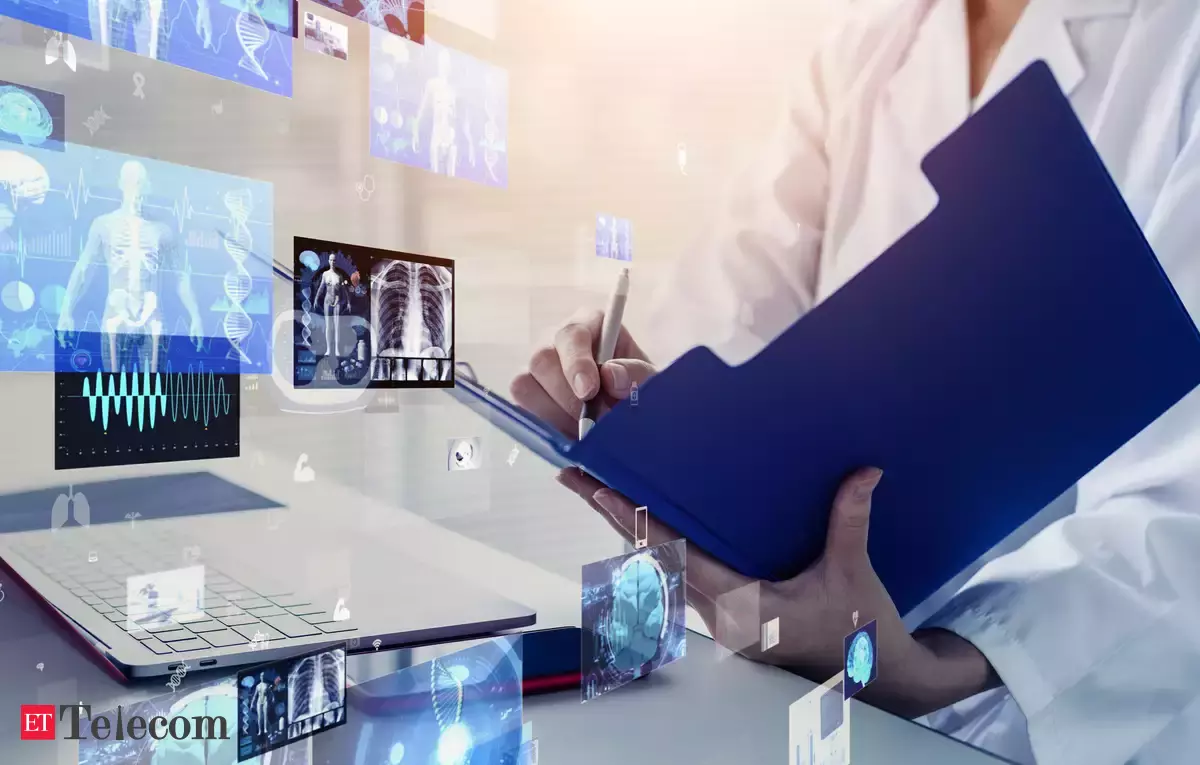
5G was utilized during the COVID-19 Pandemic to connect families who could not see loved ones directly and transfer medical imaging data quickly and reliably to doctors. Fast networks also enable faster transfer of imaging results for diagnosis.
This technology will improve patient outcomes while decreasing costs by enabling remote evaluation of patients, and will facilitate new medical technologies.
1. Connected Ambulances
Emergency situations often demand quick action and decisiveness from everyone involved, and ambulances equipped with 5G connectivity can help patients feel safe while traveling to a hospital and receiving care from a specialist in real time.
Employing IoT devices in ambulances allows experts to consult with EMTs via video call and provide guidance to perform procedures more successfully, greatly improving patient outcomes while decreasing unnecessary trips to hospitals.
5G’s Massive Machine-Type Communication (mMTC) capabilities can support a vast number of connected devices and IoMT with high bandwidth and low latency for medical telemedicine purposes, while network “slicing” allows tailored to specific applications prioritizing healthcare functions.
2. Drones
At a time of widespread coronavirus pandemic, 5G eMBB technology can support telehealth services that enable residents to remain at home and avoid travel to avoid exposure. Hospital-based physicians can utilize medical drones remotely assist remote locations or field staff.
Integrating 5G networks into healthcare infrastructure enables physicians to quickly transfer large medical imaging files, leading to faster decision-making and improved outcomes. Furthermore, 5G offers high reliability and low latency (as low as 1 millisecond), which are key requirements of mission critical services like telemedicine.
5G connections enable physicians to use real-time mobile video to interact with patients, improve outcomes, reduce costs and disruptions and utilize VR applications which allow specialists to oversee procedures remotely without them having to physically be present.
3. AR/VR Headsets
5G communication bandwidth and technologies enable AR/VR tools to enhance patient outcomes and expand healthcare access. Utilizing these tools, providers can train their staff in advanced procedures while offering patients tailored health information tailored specifically to them. Furthermore, this knowledge repository enables future interventions to be more successful.
5G technology enables doctors to quickly and reliably communicate, even from remote locations, with one another. This eliminates lengthy travel or delays in sharing critical medical data and enhances patients’ independence and quality of life while speeding diagnosis and treatment for chronically ill patients; delays can have serious repercussions.
4. IoMT
Medical records, MRI/CAT scans, and other tests produce large files that must be quickly transmitted between doctors, hospitals, and patients. With its faster and more reliable networks 5G can speed up this transfer process significantly reducing diagnosis times, second opinions, treatment starts, and adjustments.
5G technology also facilitates telemedicine through augmented and virtual reality (AR/VR), improving medical training and patient engagement. Furthermore, its ultra-reliable communication is crucial for applications such as telesurgery that enable surgeons to operate robotic systems remotely from a distant location.
IoMT helps monitor patients’ adherence to medication regimens and other health trends in real time, alerting providers for early intervention to enhance outcomes and provide valuable insight into treatment effectiveness that could ultimately result in more personalized medical services.
5. Telemedicine
Telemedicine refers to the use of electronic information and communications technologies for health care provision when distance is an obstacle. Examples of telemedicine include videoconferencing between patients and clinicians, the transmission of still medical images for diagnosis or treatment purposes and even robotic surgery systems for remote surgery.
5G facilitates the deployment of these telemedicine applications by offering faster and more reliable networks, something which is particularly vital during emergencies when healthcare professionals require reliable connections to communicate with their patients.
Improved telemedicine applications will allow patients in rural areas or federally designated underserved areas to access specialty care or preventative monitoring for chronic disease management remotely, giving them access to healthcare services they otherwise might be unable to obtain.



